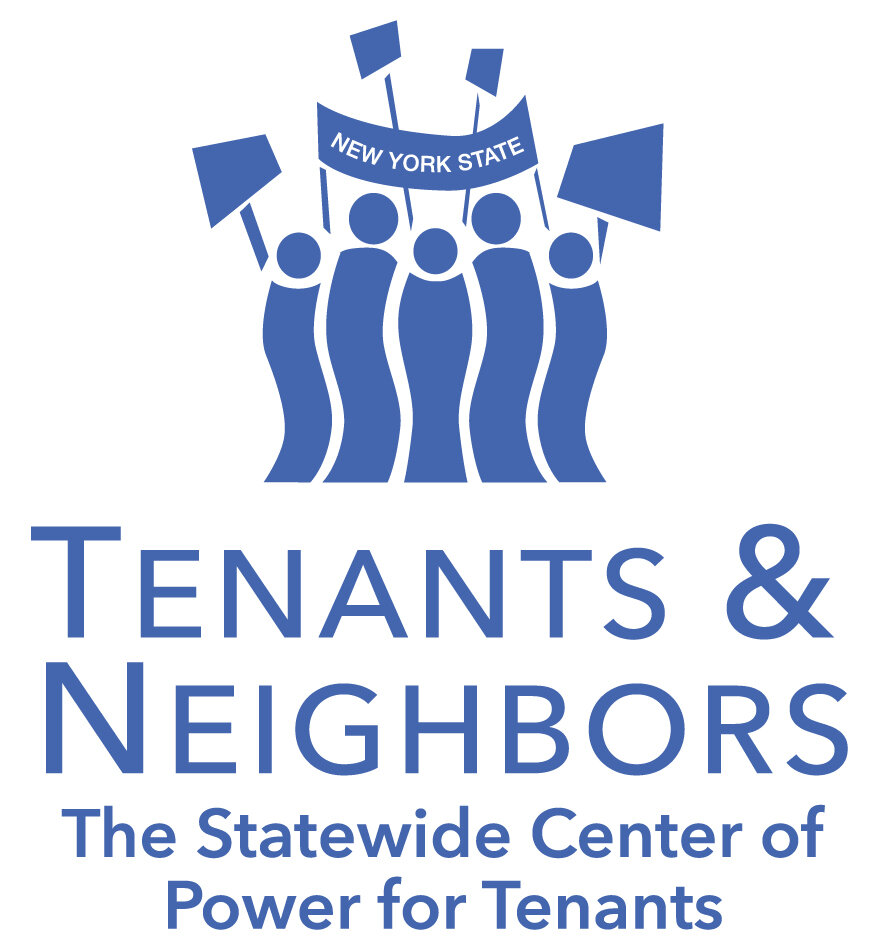
Tenants and Neighbors and
COVID-19
Our Vision for a Just and Equitable Housing Recovery
As New York City tenants slowly recover from the deadly impacts of COVID-19—Tenants & Neighbors is playing a crucial role is ensuring that the needs of tenants, especially, tenants who were already at-risk of being displaced due to rising rents in rapidly gentrifying New York City neighborhoods are not displaced or face eviction. However, while we organize and advocate to protect the rights of tenants during this global pandemic and demand housing justice by canceling rents, mortgages and utilities for the foreseeable future— we realize that we should also be planning for the aftermath of COVID-19. We believe that any housing recovery plan in New York must be guided by justice, fairness and equity.
The Problem
New York City residents— millions of whom are tenants are feeling the social and economic impact of the coronavirus pandemic. With close to 2.5 million rent stabilized tenants, the need for a just and equitable housing recovery plan that prioritizes the needs of tenants is of paramount importance. At the end of April 2020, more than 1.4 million New Yorkers were made jobless because of COVID-19. There is a direct link between employment, displacement and homelessness. Tenants & Neighbors has joined with housing justice organizations across the country demanding that governors cancel rents, mortgages and utilities and is advocating that the federal government prioritize housing in any stimulus package to provide much-needed long-term relief for both small landlords and tenants. However, tenants and tenant leaders from the most impacted communities must be at the center of any post-COVID-19 recovery plan.
Tenants & Neighbors believe that housing rights and justice organizations and tenants’ leaders from COVID-19-impacted communities should be at the center of any planning process to inform city, state and federal policy-makers on what a just and equitable housing recovery plan should entail. Public health data have shown that NYC’s most overcrowded neighborhoods were hardest hit by the coronavirus.
